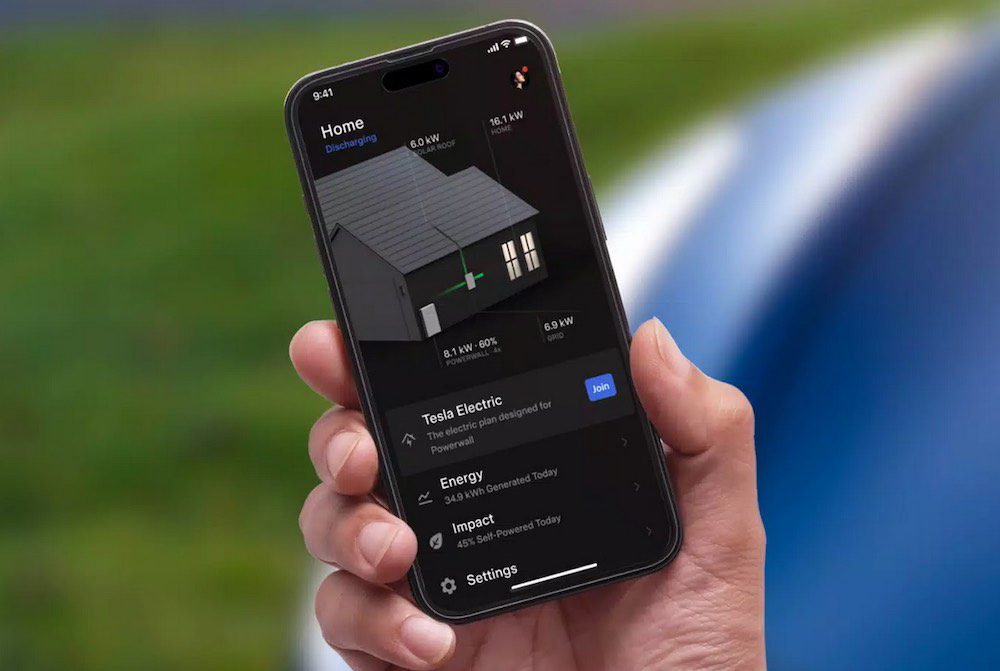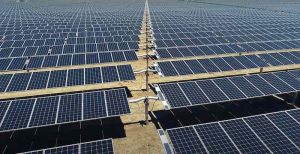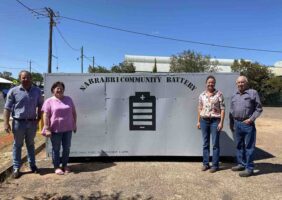Tesla has taken its first steps towards becoming a major player in energy markets around the world, with the launch of a retail electricity plan to its Powerwall customers in the US.
Starting with “invitation only” customers in Texas, Tesla Electric was launched on Thursday as “the electricity plan designed for Powerwall,” Tesla’s 13.5kWh lithium-ion home battery energy storage system.
Tesla Electric promises electricity bill savings to customers who share their stored energy with the grid at times of peak demand. It also offers a grid power supply 100% offset by locally generated renewables, and an app with 24/7 real-time energy monitoring to guide smart energy use.
None of this is particularly new in the rapidly evolving energy retail space – and Tesla has been offering these home-battery perks through existing retailers for years, often by way of a virtual power plant programs. The highly successful Powerwall-based VPP in South Australia is just one example.
What is new is that Tesla is now cutting out the middle man, and setting itself up as a one-stop shop for solar, battery storage and smart home energy management, rather than simply supply – electric vehicle included.
A key selling point will be that Tesla knows its technology better than anyone else – not just the Powerwalls but also the electric vehicles and the much bigger batteries contained within them – and can therefore help customers to get the very best out of them as households go electric and the grid goes renewable.
According to its website, Tesla Electric members have the potential to earn an average of around 50 per cent more in credits on their electricity bills compared to similar plans.
“We bring Tesla’s unique energy expertise to your home, lowering your bills and boosting your sell-back credits,” the site says.
“With Tesla Electric, you can expect to save money by earning and keeping more utility credits while using sustainable energy through a straightforward, month-to-month contract.
“Once enrolled, Tesla Electric members can monitor the flow of electricity to and from their home – and the sources their electricity is being generated from – in real time.
“Tesla Electric members can also see what rate they will pay for the electricity they use and what rate they will be credited when selling power to the grid.”
Tesla Electric lets Powerwall owners generate, use & export sustainable power to run their homes pic.twitter.com/JHZ48NSwUS
— Tesla (@Tesla) December 15, 2022
Tesla’s choice of Texas as the starting point of this particular journey for the company follows recent blackout events in that state, which spurred a surge in demand for Powerwalls and concentrated the mind of Tesla co-founder, Elon Musk, on the bigger picture for home solar and battery storage.
“If the grid needs more power, we can actually then, with the consent obviously of the homeowner and the kind of partnership with the utility, we can then actually release power onto the grid to take care of peak power demands,” Musk said at a Tesla earnings call in April of last year.
“So effectively, the Powerwalls can operate as a giant distributed utility. This is profound. We are headed towards a world where, as we were just talking about earlier, where people are moving towards electric vehicles. This will mean that the power needs in at homes and businesses will increase significantly. There will need to be a bunch of electricity coming from somewhere.”
Where Tesla Electric is offered next, both in the US and globally, will depend how it fares in Texas – but at least some of the Tesla faithful in that state seem pretty impressed, so far:
This is awesome. Thank you @Tesla!!https://t.co/m5YNl0eb1G
— RG (@Tesla_GTownTX) December 15, 2022








